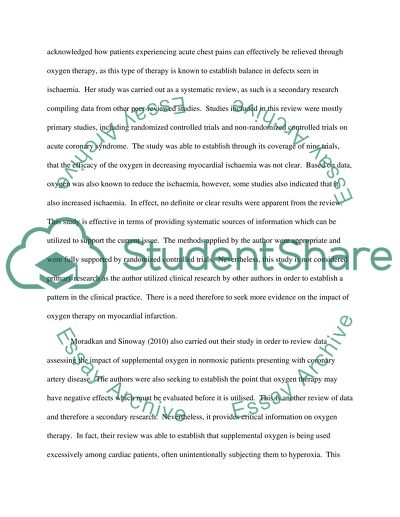Cite this document
(“Clinical Observation and Literature Review :Oxygen Therapy and Acute Essay”, n.d.)
Retrieved from https://studentshare.org/nursing/1455860-clinical-observation-and-literature-review-oxygen
Retrieved from https://studentshare.org/nursing/1455860-clinical-observation-and-literature-review-oxygen
(Clinical Observation and Literature Review :Oxygen Therapy and Acute Essay)
https://studentshare.org/nursing/1455860-clinical-observation-and-literature-review-oxygen.
https://studentshare.org/nursing/1455860-clinical-observation-and-literature-review-oxygen.
“Clinical Observation and Literature Review :Oxygen Therapy and Acute Essay”, n.d. https://studentshare.org/nursing/1455860-clinical-observation-and-literature-review-oxygen.


